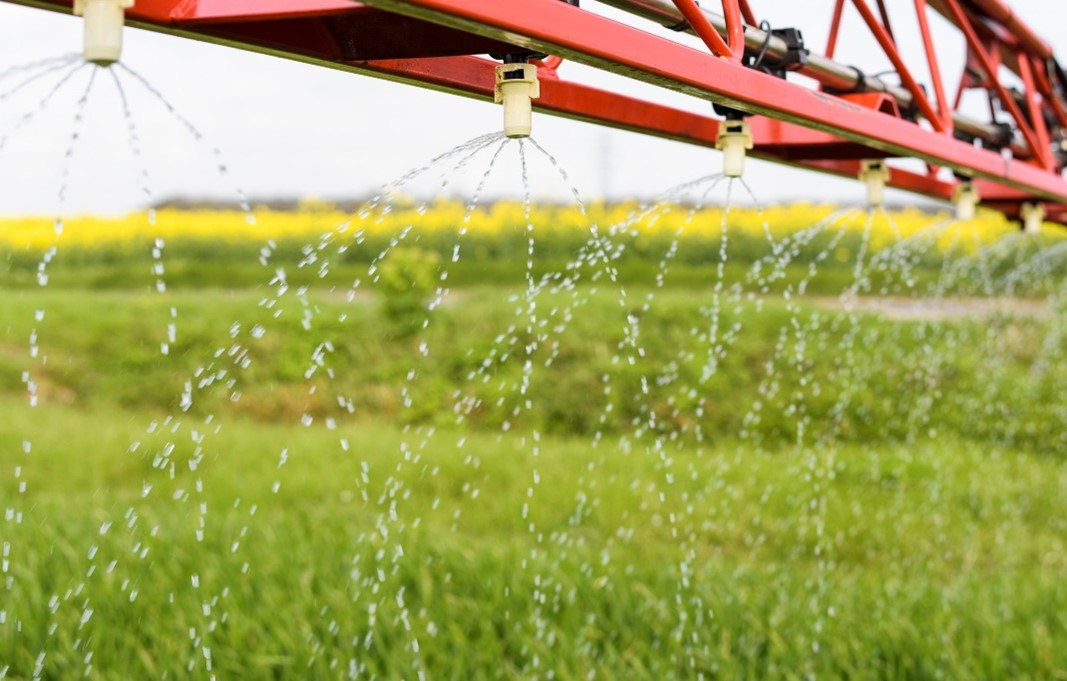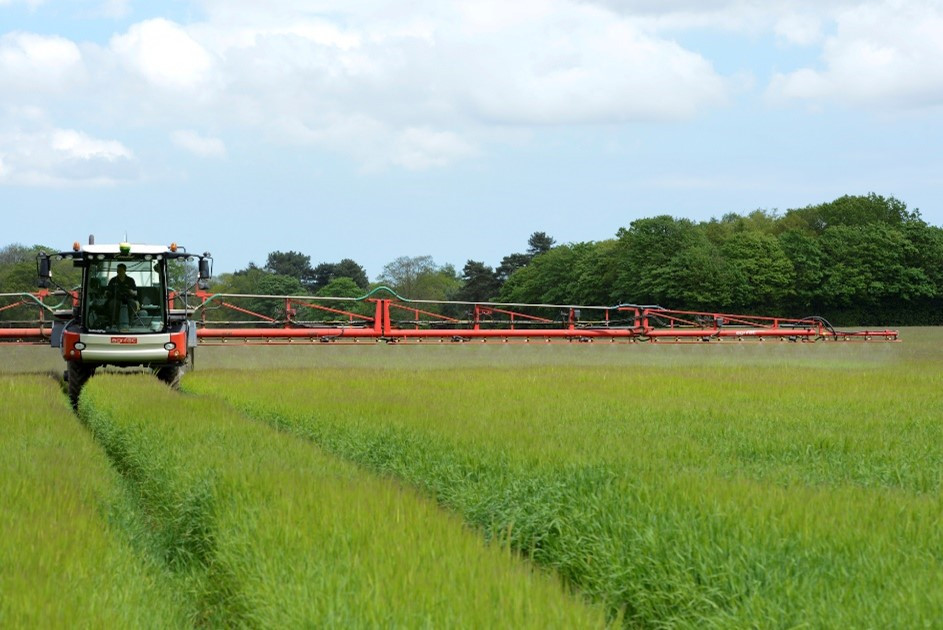REMINDER: The new urea application rules for England are almost here
Many of you will be aware of the urea stewardship scheme due to come into force in England from 1st April 2024, however, for some there are still questions as to what the new regulations include.
Back in May 2023 when an early announcement was released about the rules, I outlined everything you needed to know. In this blog, I think some of that information is worthy of a recap, particularly why Defra is focused on the stewardship of urea fertilisers, as well as a reminder of what you need to do in certain scenarios to stay compliant with the regulations.
Why is there a need for the new rules?
The UK is legally bound to reduce ammonia pollution by 16% by 2030 – a timeline that's not particularly far away. As we've highlighted before, today agriculture contributes 88% of the UK's ammonia emissions. Huge strides have been made in the industry to reduce this figure and while the picture is certainly improving, it's clear that more needs to be done. The hope is that a more formal and consistent approach could be the way to achieve that.
If used in the right conditions and in a responsible way, urea should not pose a high risk to the environment. In the wrong scenarios, however, you could lose between 10-20% of your applied nitrogen via volatilisation in the form of ammonia in the first 48-72 hours after application. As a reminder, unfavourable conditions could include:
- Dry soils
- Low levels of rainfall
- High soil pH
- Low crop cover (e.g. spring cereals, maize, sugar beet and potatoes)
- Increased soil and air temperatures.
Our advice remains the same for using urease inhibitors. In the above scenarios when losses are a high possibility, you should be using them to prevent volatilisation and any associated environmental impacts. Doing so also ensures the optimal amount of nitrogen reaches your crops for a greater economic return.
Urea stewardship details
As it stands today, the Government's ammonia reduction targets are based on the whole of the UK. However, the rules outlined so far still only apply to farms in England, with the guidance for Scotland, Wales and Northern Ireland yet to be determined.
Urea rules for England
- The rules apply to any fertiliser that contains 1% or greater urea nitrogen
- Untreated solid urea/liquid UAN fertiliser can be applied between 15th January to 31st March each year
- Applications of solid urea/liquid UAN fertiliser from 1st April must include a urease inhibitor. However, untreated liquid UAN fertiliser (not solid urea-based products) can be applied after 1st April if agronomic justification is provided by a FACTS qualified advisor – they must demonstrate ammonia losses will be at or below the level of when a urease inhibitor is included
- Foliar urea applications targeting the crop, using normal spray nozzles do not require the inclusion of a urease inhibitor.
These rules will come into effect from 1st April 2024. Going forward you can continue to purchase untreated urea as you would have in any other year, but you need to ensure your fertiliser purchase takes account of the urea volume you're likely to apply before 1st April of each spring (2024 onwards).
Options on the market - our recommendations
Today there are a couple of 'new' urease inhibitors for solid and liquid on the market, so it's important to ask the right questions such as the percentage concentration and registration of the inhibitor.
The easiest solution – depending on the market and availability scenario - is to utilise the numerous AN-based options, as the rules don't apply to these products. However, as with any fertiliser, you should still consider product quality, consistency and availability.
Likewise, you should continue to look at the cost per kilogram of nitrogen, as well as the total programme costs for all available options alongside their individual merits for each business.
Liquid fertiliser
In one way, if you use liquid fertiliser you have a considerably easier solution, but in another you'll have to be selective of the different product options and technologies.
There are urease inhibitors which control the conversion of urea to ammonium and are only active on the urease enzyme. The aim is to reduce ammonia volatilisation from rapid conversion, allowing the crop to take up this nitrogen.
Secondly, there are nitrification inhibitors which delay the conversion of ammonium to nitrate and are active on the nitrosomonas bacteria. The aim is to reduce nitrate leaching and nitrous oxide loses.
Liquid fertiliser can be up to 50% urea, so it will require the inclusion of a urease inhibitor from 1st April each spring.
Unlike solid urea, rather than having to purchase the correct amount of untreated and inhibited product for before and after 1st April, liquid users can tank mix the urease inhibitor only when required.
The challenge for liquid users will be choosing the correct product that can provide both an agronomic benefit and a margin over input cost, while at the same time complying with the new rules. If you're facing this dilemma, you should seek guidance from a fertiliser specialist.
Limus Perform has a proven record of delivering agronomic and economic performance over the last four seasons. It comes in convenient five litre cans with a very low inclusion rate, at or below one litre per 1,000 litres of fertiliser and a specific inclusion rate for each liquid grade based on the exact urea component it contains.
You can be confident that products like Sustain (for solid fertiliser) or Limus Perform are already well renowned for their positive results, which have been proven on farm and in trials in the UK and the wider global market for numerous seasons now. Their value is immediately evident when you consider the up to 98% reduction in ammonia emissions and 7%+ increase in nitrogen use efficiency (NUE) achieved from their use.
This improvement in NUE can deliver an average yield increase of 0.23t/ha, which has been proven in a series of ADAS agronomy trials with the inclusion of Limus Perform in the later liquid fertiliser applications.
You can use the MyFarm Limus Perform calculator which helps you understand your inclusion rate based on your liquid fertiliser and total order requirement ahead of application.
Summary
After reading this, I'm hopeful you'll be fully briefed on everything you need to know about the urea stewardship scheme and equipped with the solutions and products to meet the requirements.
For more advice about these upcoming rules and what it may mean for your individual farm business, you can speak to your local Frontier representative or contact the nutrition team here.
As a subscriber, you’ll receive email alerts each time a new blog is published so you can always stay updated with the latest advice and insights from our experts







Comments